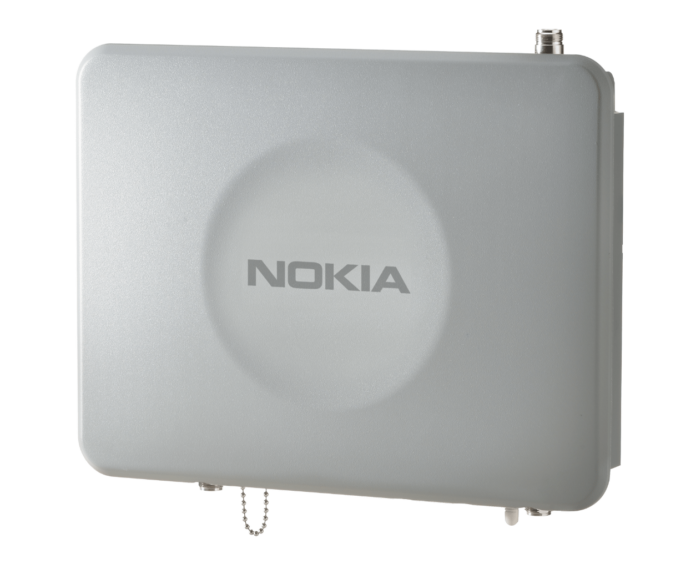LONDON – When two giants of the industry merge – although in this case the merger was a takeover – it can often take a while for the dust to settle and for the new company to begin to realize the benefits. Sometimes the sum of both parts can appear to be less than, as opposed to more than, the whole.
And at first glance, looking around the booths on the exhibit floor at the Small Cells World Summit, you could be forgiven for asking: “What’s happened to Alcatel-Lucent?” The Nokia takeover of Alcatel-Lucent began last year, and was completed in January; behind the scenes, the new company has inevitably been spending time figuring out what they each bring to the party across various markets.
Alcatel-Lucent had a strong reputation in small cells, it always figured highly in the market shipment charts, and its Bell Labs-driven innovations such as Light Radio always captured attention. But the company’s strengths were in the original, residential “femto” space of the small cells market and the growth in that sector is beginning to level off. The key market these days is the enterprise – whether that is office-based or indoor urban – where the growth levels across all regions are pretty staggering.
So when, in the comfort of the company’s private meeting room at the show, Nokia’s Stephane Daeuble told RCR Wireless News that the small cell product and customer portfolios of the two organizations were not only complementary, they actually triggered valuable learnings across the new company, it soon became clear both old and new Nokia had its sights set on the enterprise space.
Daeuble heads up product marketing for small cells at Nokia, and explained when the two company’s product teams came together they realized they had been looking at the market from opposite ends of its spectrum.
“Alcatel-Lucent was clearly an evangelist and market leader in the home and soho femto space,” Daeuble said. “Whereas at Nokia, our focus had always been on the public indoor and outdoor market – the places where the macro network needed to get smaller.”
Together, the two companies found very little product or customer overlap. “Alcatel-Lucent brought 85 small cell operator customer relationships to our business,” said Daeuble, “helping to lift our total number of operator customers above 200.”
Now Daeuble sees Alcatel-Lucent’s experience in the self-deploy end of the market as vital for the company as it attacks areas of the enterprise space where increasingly network operators will play a smaller role as new providers get involved. He agrees with the Small Cell Forum’s projections that by 2020, only 20% of small cells will be wholly owned and maintained by a mobile network operator, which underlines the role third-party companies will play in the market.
And while Alcatel-Lucent’s heritage will help fuel Nokia in that enterprise space, Daeuble claims the former company’s own advances with its Flexi Zone small cell product are setting new standards in mass-market, mass-capacity public urban deployments.
“We just completed an installation in the largest indoor shopping mall in Chile where we have deployed the Flexi Zone small cell system over six retail floors and can now support upwards of 4,000 simultaneous active users on each floor with no interference,” Daeuble said, adding each Flexi Zone controller could support up to 500 access points in a small cell cluster formation to deliver the network densification operators will require.
“After the merger, we’ve got this enterprise space well covered,” he claimed. “From self-install soho, small to medium businesses with third party involvement, or mass market operator configured small cell [heterogeneous networks].”
Time and the market will decide, but maybe the sum of these small cell parts will turn out to be greater than the whole.

Nokia coming out strong after the dust settles
ABOUT AUTHOR
